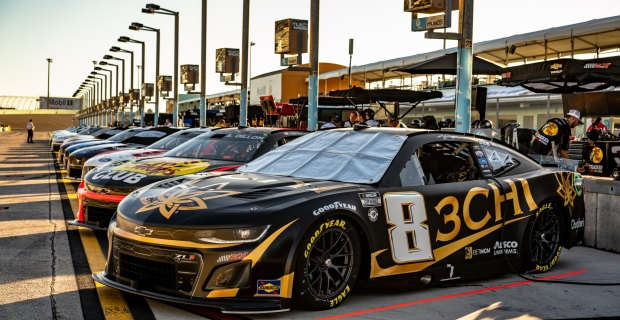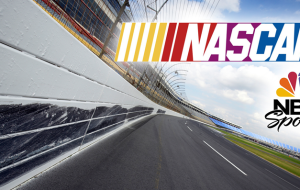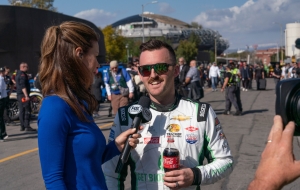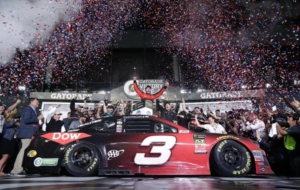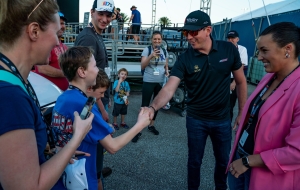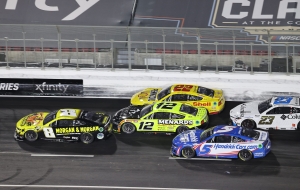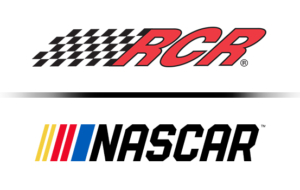The most high-profile and visible part of a sponsorship program is branding, whether it’s signage at an event or a logo on a team uniform. Branding (and the awareness that comes with it) is one of the easiest sponsorship benefits to execute – and to quantify.
But should the success of a sponsorship program be based on brand awareness? Should brand awareness be a top priority of a sponsorship program?
The answer to both is no.
Although branding is a critical piece of every sponsorship program, it should serve as the point of entry for connecting with fans and not be emphasized as a top-end benefit.
The benefits – and limits – of brand awareness
There are obviously some positives of brand awareness as a sponsorship program benefit. Your audience is repeatedly exposed to your logo. In addition, that logo placement creates a positive association between the team/property and your brand in the eyes of those same fans. Just showing up and having a presence is half the battle – but slapping a logo in a stadium or stitching it on a uniform can only do so much.
Think of branding as the starting line for connecting with fans. It establishes a relationship between the team/property and the brand, but building awareness through those well-placed logos should not be the main goal.
Leveraging assets beyond branding to deepen connections
Branding lays the groundwork for those connections with fans, while the other aspects and assets of a sponsorship platform can further deepen and strengthen them.
From social media activities and original content to customer intimacy and B2B opportunities, there are many ways to fully make use of sponsorship assets to drive deep engagement with your audiences.
Branding reaches everyone – use other assets in targeted ways
So what does a fully leveraged and successful sponsorship program look like? It depends on your company’s goals and who you’re targeting through sponsorship activities. You first must determine what you plan to achieve through a sponsorship and which audiences you’ll be targeting (yes, that’s audiences, plural, because there should be more than one) before you can fully leverage the assets available to you.
Whether you’re evaluating a potential sponsorship or analyzing an existing one, remember branding is only the beginning in creating a fully developed program, one with an impact that goes beyond stadium logos and uniform patches.





